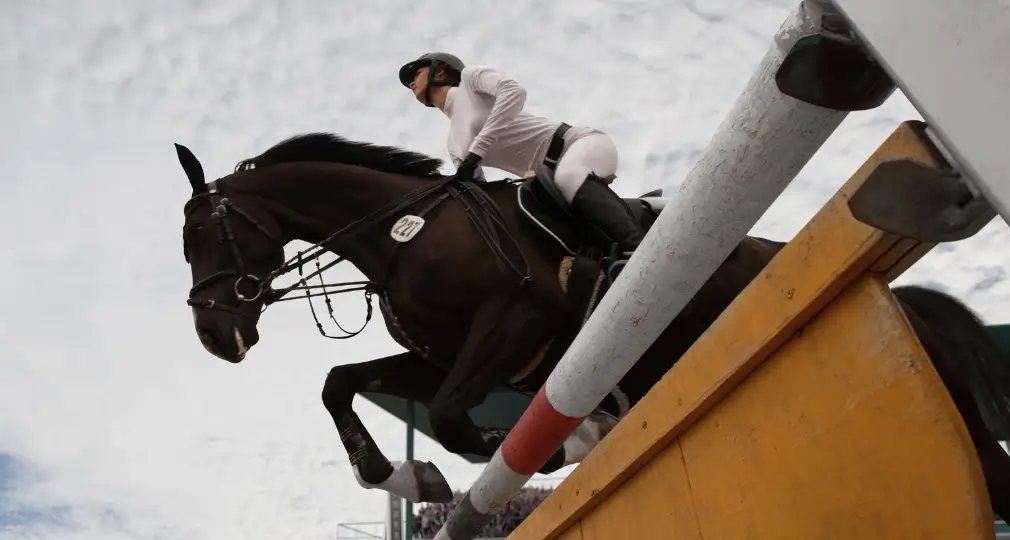Horse racing and betting have been intertwined for centuries. The first racetracks, known as hippodromes, appeared in ancient Greece, primarily for religious ceremonies. Over time, horse racing evolved into a prestigious sport, particularly in medieval Europe, where it became a staple among aristocrats. By the 19th century, official racetracks emerged across Europe and Russia, with standardized rules and betting systems.
Modern Horse Racing and Betting
Today, horse racing remains a popular betting sport worldwide, from the United States and the United Kingdom to Australia and South Korea. Most spectators are drawn not only by the thrill of the race but also by the betting opportunities. Races, which typically last between 40 and 300 seconds, offer an exciting and potentially lucrative experience for bettors who analyze the performance of horses and jockeys.
How Betting Works
The betting industry in horse racing operates through two main systems: bookmakers and totalizators.
Bookmakers
Bookmakers set fixed odds for each race. Bettors choose their preferred horse, place a wager, and receive a payout based on the given odds if their horse wins. Since predicting a winner in horse racing is challenging, bookmakers tend to be selective in offering betting options.
Totalizators
Unlike bookmakers, totalizators do not offer fixed odds. Instead, all wagers are pooled together, and payouts depend on the total amount bet and the number of winners. The totalizator operator takes a percentage of the pool as a commission, while the remaining amount is distributed among the winning bettors.
Types of Horse Races
Several types of horse races influence betting strategies:
- Flat Racing: Horses race on an oval or straight track without obstacles.
- Jump Racing: Also known as steeplechasing, these races include hurdles and fences.
- Harness Racing: Horses trot or pace while pulling a driver in a sulky.
- Endurance Racing: Long-distance races ranging from 40 to 161 km, testing stamina and resilience.
Betting Strategies
To succeed in horse racing betting, bettors often use various strategies:
1. Betting on Recent Winners
Analyzing past race results can help identify strong contenders. However, bookmakers often offer lower odds for recent winners.
2. Jockey-Horse Partnership
A horse that previously finished second with the same jockey may perform better in the next race, as the jockey understands the horse’s strengths and weaknesses.
3. Betting on Underdogs
A horse that recently lost a few races but had a strong track record before may be overlooked by bookmakers, offering a higher payout potential.
Interesting Facts About Totalizators
Totalizators have produced some of the most remarkable betting wins in history. Just recently, a bettor in Kentucky turned an $18 bet into $1.2 million by successfully predicting multiple race outcomes. Similarly, a UK bettor won £450,000 from a mere £2 bet by accurately forecasting results in seven races.
These stories highlight that, while luck plays a role, knowledge and strategy significantly influence success in horse race betting. Understanding the strengths of specific horses and jockeys, keeping up with industry news, and analyzing past performances are crucial for making informed bets.
Conclusion
Horse racing betting combines tradition, strategy, and excitement. Whether betting through bookmakers or totalizators, success depends on thorough research and calculated risks. With the right approach, horse racing offers both thrilling entertainment and profitable opportunities for bettors worldwide.
Read more: Biggest sportsbook in the world












